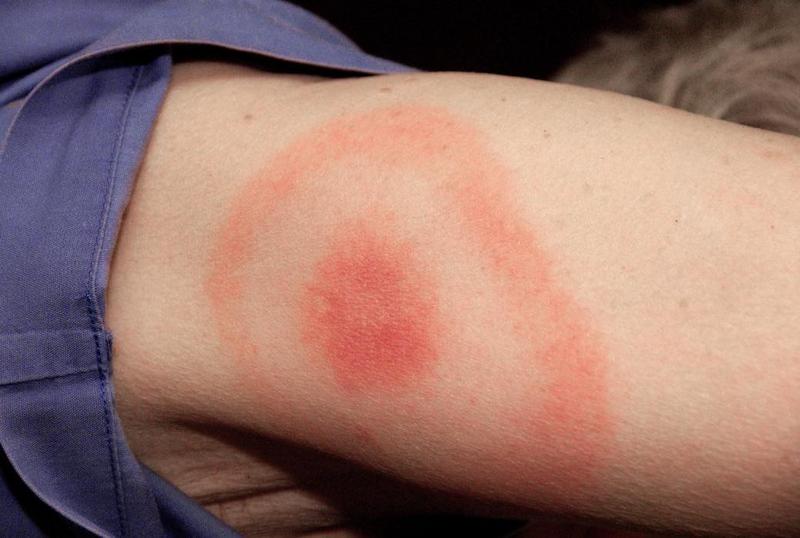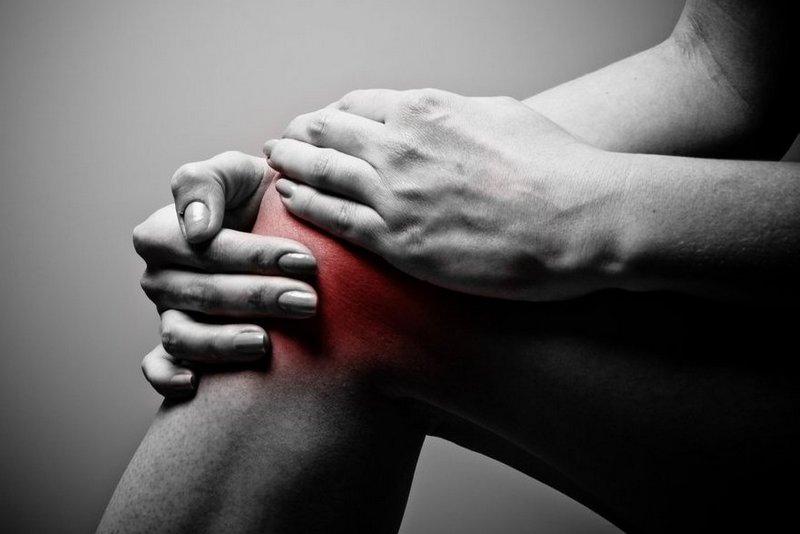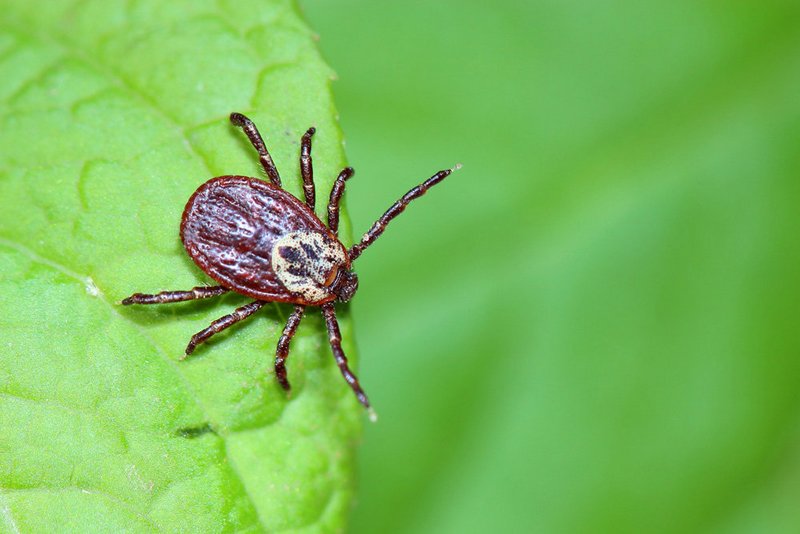Lyme disease, borreliosis, is an infectious disease spread by ticks. Through the bite, microbes enter the bloodstream and cause pathologies of various body systems: skin, central nervous system, joints and heart. With proper treatment, the likelihood of recovery from tick-borne borreliosis (Lyme disease) is quite high. However, the invasion can also flow into an almost incurable chronic form.
The history of the study of infection began relatively recently. In 1975, the first infected were recorded in the American provincial town of Lyme. Hence the name of the disease that epidemiology uses. Recently, an immunochip has been developed for antibodies that resist the development of infection. This method has improved the accuracy of the diagnosis of Lyme disease.
Reasons for infection
The most dangerous for the human body are three types of pathogen:
- Borrelia burgdorferi.
- Borrelia garinii.
- Borrelia afzelii.
The size of microbes does not exceed 10-26 microns, and in shape they resemble a spiral body. The natural habitat of bacilli is a mammal, and they spread through ixodid ticks.
The likelihood of catching ixodic tick-borne borreliosis is extremely high for humans. An infection is dangerous for pregnant women, since the bacillus enters the child's body, which can lead to complications and even a miscarriage.
Ways of infection and development of the disease
The only source of damage to a human disease is a tick bite:
- Penetrating into the lymph nodes along with the tick's saliva, the microbiological pathogen begins to actively divide.
- After one or two weeks, during which the incubation period lasts, the protozoa invade the circulatory system and spread throughout the body with the bloodstream, penetrating into muscle tissues, organs of the central nervous system, joints, heart, and so on.
- There they also divide intensively, growing into a huge colony.
- Already at the initial stages of infection, the patient's body produces and directs antibodies suitable for borreliosis that can destroy the pathogen. However, as the microbes divide, the immune system can no longer cope.
- In the absence of proper treatment, the ailment turns into a chronic stage, from which few have been cured completely.
The time from the bite to the first stage of the development of the disease, when the causative agent of borreliosis enters the lymph node, can be called the incubation period. Lasts from 2 to 30, rarely 50 days. However, in some cases, a person can live with the pathogen for years before the disease begins to manifest itself.
Symptoms
Individual signs of invasion appear depending on one of three stages. After the end of the incubation period, the first stage of Lyme disease begins. Symptoms of borreliosis appear during the multiplication of microbes in the lymph nodes, which is characteristic of this stage.
The second phase is characterized by damage to internal organs, where the pathogen penetrates through the blood.
At the third stage, the disease tick-borne borreliosis becomes chronic, and manifests itself, most often, with regular symptoms in any one of the affected body systems.
It should be noted that the boundaries between the individual stages are rather vague, without pronounced transitions from one stage to another.
Stage I
Common symptoms:
- headache;
- nausea, vomiting;
- an increase in the size of the lymph nodes;
- joint aches, muscle pain;
- high temperature up to 38 degrees;
- general malaise and chills.
Often on this form of borreliosis, phenomena similar to a common respiratory infection are observed.

The first stage of the disease is characterized by an independent cessation of symptoms, without drug therapy. However, the overall improvement can be deceiving, as there will most likely be a second stage after the first stage. So in the case of the apparent disappearance of symptoms, the urgency of continuing treatment does not disappear.
Stage II
Symptoms in this phase of Lyme disease depend on the underlying Borrelia lesion.
CNS damage
In the case of penetration of the bacillus into the organs of the central nervous system, inflammation of the meninges most often develops, which manifests itself in:
- increased photosensitivity;
- headache;
- severe fatigue;
- heaviness in the occipital region of the brain;
- memory impairment and absent-mindedness;
- an increased content of proteins and lymphocytes in the spinal cord fluid.
Problems also occur in the activity of the nerves of the cranial zone:
- paralysis of facial muscles on the face;
- disorders of the optic nerve, manifested in strabismus and inability to move the eyes;
- hearing defects.
However, these pathologies are not permanent, and are highly likely to be eliminated during treatment for borreliosis.

Lyme disease also affects the nerve roots in the spinal cord. This is expressed in shooting pains in various parts of the body: in the pelvis, chest, arms and legs. After a while, general damage to muscle tissue is added to these symptoms. Weakness appears, sensitivity decreases or increases.
About a tenth of patients who have a focus of infection in the central nervous system lose their speech function, can hardly swallow, they have convulsions, tremors in their arms and legs.
Unfortunately, these symptoms will take a long time to recover.
Defeat of the Joints
In this case, their functions are impaired, up to a complete loss of joint mobility. The knees, elbows, hip and ankle are most commonly at risk. Against the background of a decrease in mobility, painful sensations arise.
Heart failure
The development of infection in the heart has the following clinical forms:
- difficulty in conductivity;
- pericarditis;
- myocarditis;
- tachycardia;
- heart failure;
- painful sensations in the chest;
- dyspnea.
In borreliosis, symptoms at stage II appear externally in the form of lymphocytes. It is a small, bright scarlet skin formation that contains a large number of lymphatic cells.

In addition, symptoms such as skin rash, itching, and small secondary erythema rings are possible.
Stage III
The third phase of infection can show symptoms even after several years. Outwardly, such borreliosis is associated with atrophic lesions of the skin: this is accompanied by bluish-red spots under the knees, in the area of the elbow bends, on the palms and soles. In these areas, the skin acquires a thickened character, and when neglected, it dies off and becomes like a wrapper for cigarettes.
This stage flows into chronic borreliosis, and can manifest itself with the following symptoms:
- violation of the musculoskeletal system;
- loss of coordination of movements;
- painful sensations;
- short-term loss of hearing, vision;
- seizures and convulsions;
- problems of the organs of the genitourinary and gastrointestinal systems.
Chronic stage
It should be noted that late detection of infection can also cause chronic borreliosis, which is characterized by constant relapses of symptoms of the second and third stages:
- lymphocyte;
- joint problems;
- manifested cyanotic and red spots;
- violation of the central nervous system.

Diagnostics
The diagnosis of borreliosis is made on the basis of an external examination of the patient, the presence of clinical signs in the form of skin formations, indications from the anamnesis, the main of which is a tick bite, as well as the results of analyzes, the types of which modern microbiology offers many.
Diagnosis for infection gives the most accurate results. However, Borrelia is difficult to detect in humans. Therefore, several laboratory research methods are used, which are most often used in combination:
- A blood test for borreliosis and the study of other body fluids. However, the interpretation of the results has a certain error.
- Biopsy of areas of the affected skin: in places where erythema is located, taking a sample in lymphocytomas.
- Immunochip for antibodies against the pathogen. It is the immunochip that serves as one of the most reliable ways to detect an infection.
In addition to methods for detecting a microbe directly, medical laboratories use indirect methods for diagnosing borreliosis:
- donating blood for borreliosis, you can detect the DNA of the bacteria;
- a serological test, which will also require a blood donation;
- immunoblot can indicate borreliosis with an error of about 10-20%, which makes this diagnostic method quite accurate.
Individually, each of these methods does not give 100% results. Therefore, in order to establish an accurate diagnosis, in the presence of suspicions of tick-borne borreliosis in children and adults, complex studies are carried out, for which several tests will be required.
There is no problem where to get tested. Since the necessary research can be carried out in any medical laboratory.
Treatment
A positive immunochip or other test for pathogens, as well as in the presence of symptoms of borreliosis, will require immediate hospitalization of the patient in an infectious diseases hospital. Infestation can cause extremely dangerous consequences in both children and adults. Therefore, the treatment of borreliosis with folk remedies is not allowed.
Lyme disease is one of those that can only be overcome by medical professionals with the right medicines and medical devices. Treatment of the symptoms of tick-borne borreliosis and other similar infections at home does not give a positive result. In its advanced form, borreliosis can lead to irreversible consequences, up to the disability of the patient. But in any case, it is curable.
The main therapeutic tactics depend on the stage of the infection. But the main remedy is antibiotics, in particular Doxycycline.
In the early stages, Amoxicillin, Doxycycline, Cefuroxime and Tetracycline are prescribed. Medicines destroy microbes, and also significantly reduce the time of erythema resorption.
Penicillin is indicated in the second stage with damage to the central nervous system. Ceftriaxone is also prescribed.
But keep in mind that Doxycycline and any other medicines should not be taken on their own. They should be prescribed by the attending physician after a thorough diagnosis. Treatment of borreliosis without the supervision of specialists is not only ineffective, but its side effects can harm the patient even more.

Penicillin-containing antibiotics are also prescribed at stage III of tick-borne borreliosis. However, nowadays, many doctors use Extensillin. Both drugs are injected.
To prevent Lyme disease, a tablet course of antibiotic drugs can be started within five days after the bite. Doxycycline works best. Such prevention of tick-borne borreliosis will guarantee up to 80% of borrelia infection.
Depending on the form of the disease, the stage and the affected area, the attending physician prescribes additional medications and prescribes medical procedures. Methods of general strengthening of the patient's body are also used, including therapy with vitamin complexes. Also, a diet with fresh foods will not be superfluous.
In more detail, how to treat the infection, only a specialist can tell.
Complications
The first and second stages of the disease, with timely diagnosis and correct treatment, pass without residual effects and serious complications.
Deterioration of tick-borne borreliosis, a disease with severe consequences, can occur when the invasion reaches the third stage and develops into a chronic form. These complications include:
- chronic paresis, manifested in the atrophy of muscle tissue in the limbs;
- paralysis of facial muscles on the patient's face;
- loss of sensitivity or severe decrease in sensitivity;
- defects of the eyes and hearing organs;
- heart failure, arrhythmia;
- absent-mindedness when walking;
- epileptic seizures;
- serious damage to the joints, leading to their complete immobility.

Often, these complications are no longer amenable to correction, but this is not the case in every case. So there is always hope for complete healing.
Prophylaxis
The main preventive measure against the development of Lyme infection is preventive antibiotic treatment after a tick bite, because vaccination against borreliosis has not yet been developed.
However, antibiotics have a wide range of contraindications and serious side effects and are therefore not recommended to be used too often.
Therefore, it is best to take care of the prevention of tick bites:
If the prevention of borreliosis could not save you from being bitten, you should definitely be tested for borreliosis and other tick-borne diseases. This is especially true of those places where foci of epidemics of these dangerous infections arise.
Lyme disease is a dangerous tick-borne infestation. A distinctive feature of the disease is the unique symptoms of borreliosis, in the form of red rings - erythema. Symptoms are extremely varied and depend on the stages of the infection. The diagnosis is confirmed, first of all, in the course of laboratory tests, for example, the immunochip showed itself well. And all this is treated with antibiotic drugs.
In advanced forms and with improper treatment, systemic tick-borne borreliosis can lead to irreversible consequences, giving rise to the patient's disability. A cured person in some cases may face a relapse. Therefore, do not allow this infection and watch your health!

